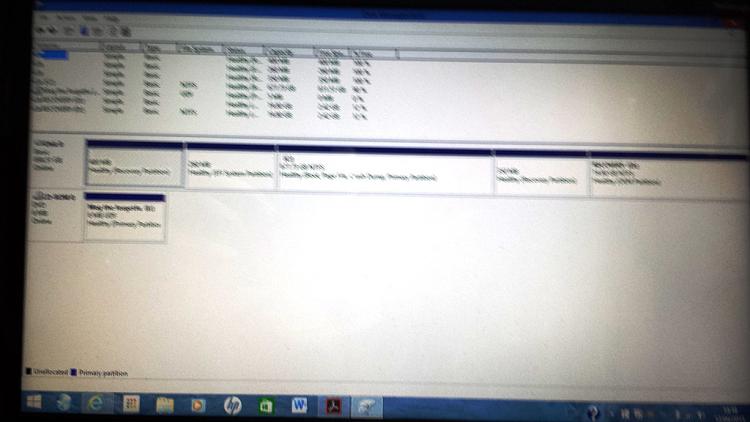New
#51
Windows 10 registration is kept at Microsoft servers. You can reinstall the same version at the same computer by skipping serial. It will activate automatically once connected to the internet. To backup all partitions, you may have to clone to another disk or create an image of the whole disk to another disk


 Quote
Quote

